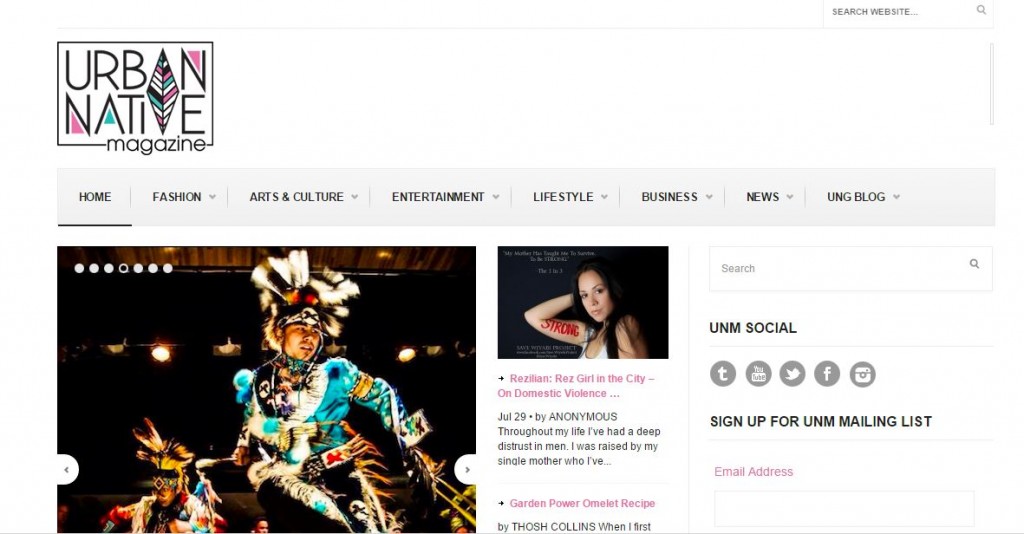While I was reading the first article for Module 1, I got to thinking a bit more about the impact of digital technologies on indigenous traditions. I wanted to read more about beliefs and conventions surrounding how and when technologies, such as video (YouTube, Vimeo) or audio recordings (podcasts, terrestrial radio) are considered suitable for cultural and educational knowledge transmission.
As a result I came across EcoLiterateLaw’s page, which focuses on globalization and the transformation of cultures and humanity. There the author discusses the uses and impacts of technologies and technology tools (as mentioned above) as they can be seen to benefit indigenous communities, primarily by fueling self-determination and self-identification, and by allowing for information and knowledge sharing online. Furthermore, there is some suggested benefit to having the ability to participate in knowledge exchange through online chat or forum groups, that allow indigenous groups to meet and learn from other, more disparate groups, in ways that were previously unavailable.
In spite of all these highlighted potential benefits, the article comes to discuss the negative connotations of indigenous participation online,
…because colonizers are the ones with the resources to be in control of this information, the Internet, for the most part, is only a modern tool for further colonization. And, there is always the risk that others, who have no stake in Indigenous peoples integrity or survival, will circulate stories, histories, cultures, and traditions devoid of respect for the principles underlying the veracity of those principles. Although there may be reason to believe otherwise, history has shown that the stories of “[I]ndigenous peoples worldwide . . . have been told and manipulated by others, only to be reduced to fantasy, novelty, myth, and untruth. [Indigenous] knowledge was validated, discarded, or modified to suit a strategy of colonization, conquering both geography and knowledge systems.”
I found this quite enlightening and made me think of the concept of concealed identities online in a different light.

